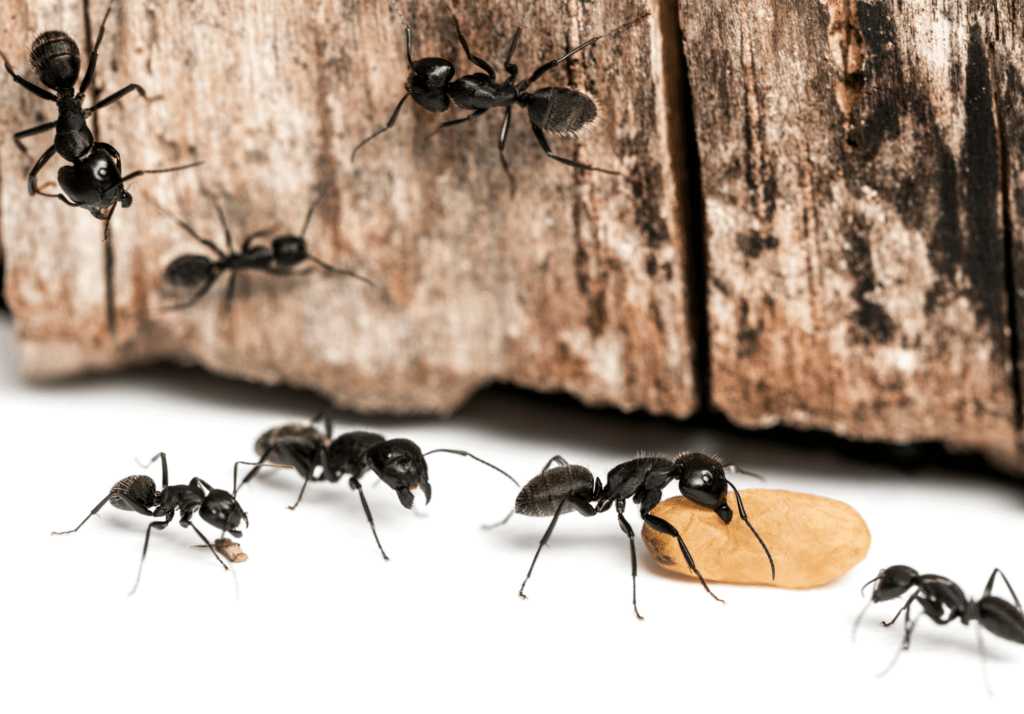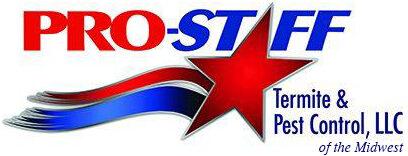
Carpenter ants seek shelter during the winter, looking for a source of water, shelter, and wood to tunnel through. Your home looks like the perfect spot for a satellite colony. The Des Moines ant control experts at Pro-Staff have a few recommendations for how you can deal with these pests.
Focus on prevention
Preventing carpenter ants from invading your home in the first place is always better than dealing with an infestation after the fact. Here are a few steps we recommend taking:
- Keep water sources – including mulch – away from your home’s foundation.
- Drain birdbaths, stop leaky hoses, and fill your pet’s water dish with only enough water for him.
- Remove any sticks or firewood from around your home, and if you have a fireplace, store the wood on an elevated platform far from your home’s foundation.
- Knock pieces of wood together soundly before they enter your home to dislodge any insects, and carry in only enough to add to the fireplace.
- Caulk drafty windows and insulate the bottoms of exterior doors.
How to tell if you have carpenter ants
Carpenter ants do not eat wood like termites. Instead, they burrow through wood softened by mold or water damage, creating smooth tunnels and cavernous homes. When you tap on wood containing a series of carpenter ant tunnels, it will sound hollow rather than solid. You will easily distinguish carpenter ants from common ants because of their enormous size – over ½ an inch long, or approximately 5 times the size of a typical ant.
If you see a few carpenter ants, they may simply be foraging for food. Inspect the wood around your home inside and out for clumps of sawdust-like shavings near spongy wood. This typically will occur near the base of window sills and doorways, or any place where water splashes frequently when rain or snow accumulates against your home. If you are not comfortable checking your home’s basement or crawl space, contact a professional pest control company.
How to not have carpenter ants
Because carpenter ants are seeking food, water, and shelter, you should remove those sources from their reach. Inside your home, carpenter ants are likely to eat fallen candy, bits of protein such as eggs or meat, and grease. If you see carpenter ants on a daily basis, chances are good their nest is in close proximity. Carpenter ants seldom travel more than 300 feet from their colony. While the main colony is located outside, carpenter ants are prone to branch out into a satellite colony as cold weather sets in. These colonies are significantly smaller than the 20,000 carpenter ants in the main colony and contain only workers, pupae, and mature larvae.
Contact a licensed pest control company such as Pro-Staff to eradicate your carpenter ant problem and keep it from returning. Our thorough inspection and recommendations are followed by a yearly pest control program for best results. Reach us today by calling 515-279-7378 or contact us online to set up an inspection of your home.

